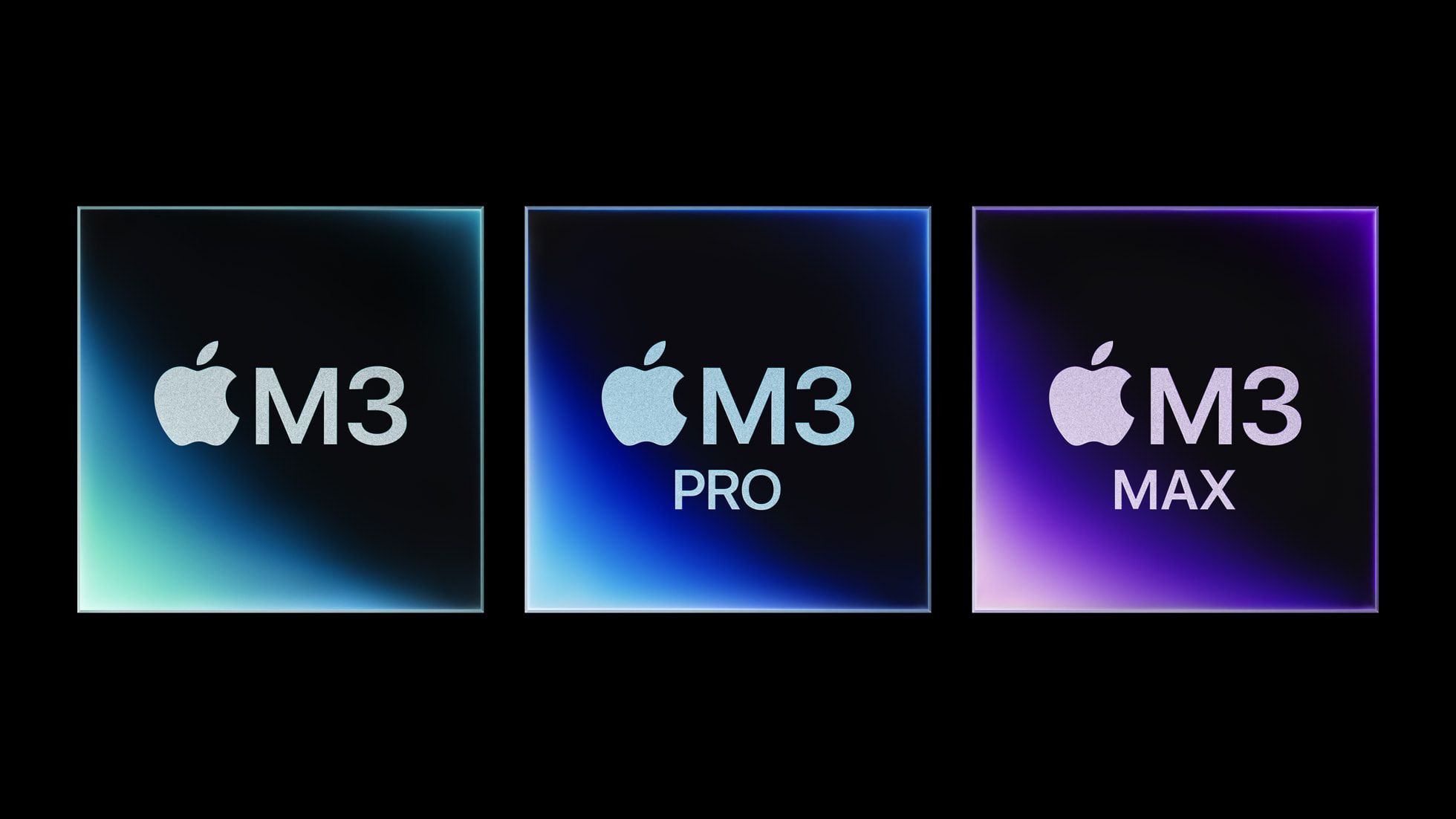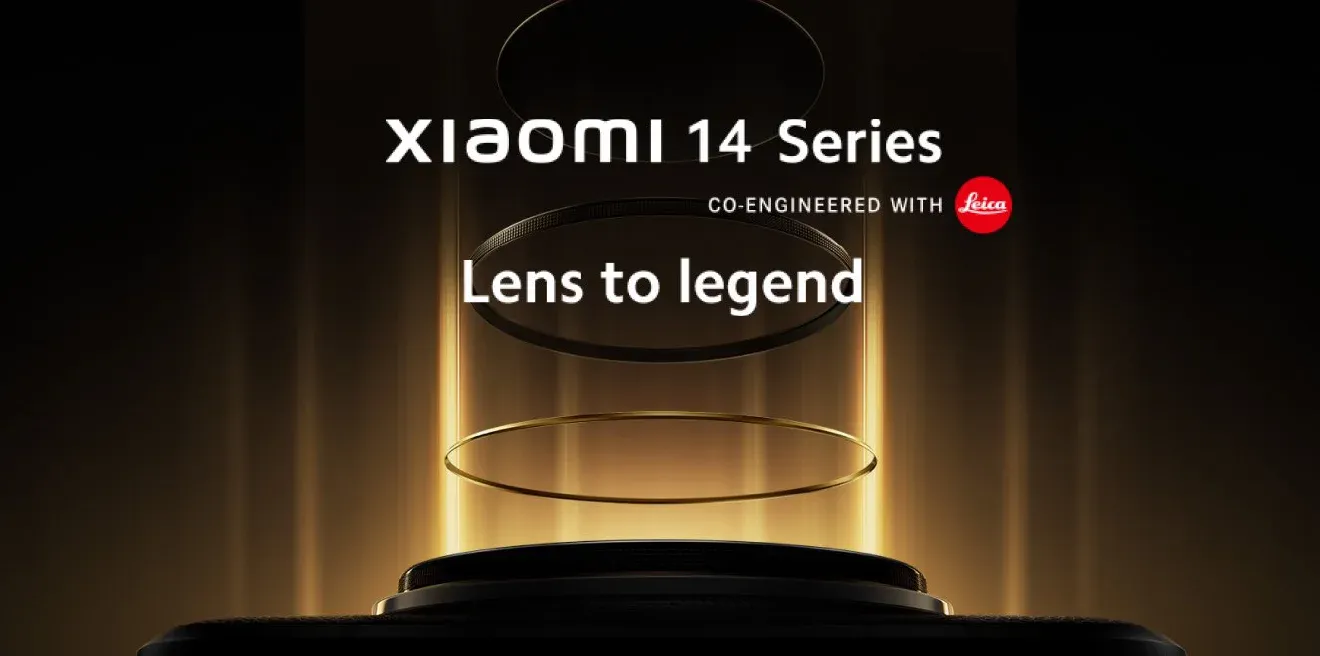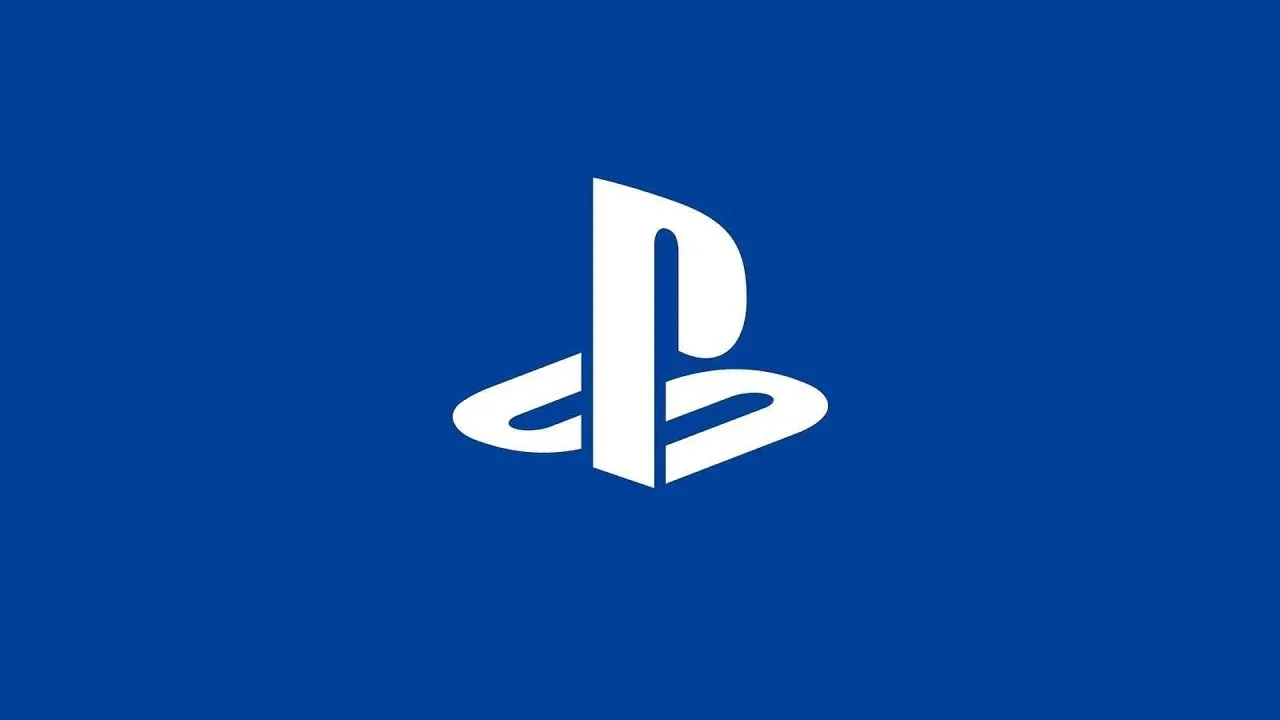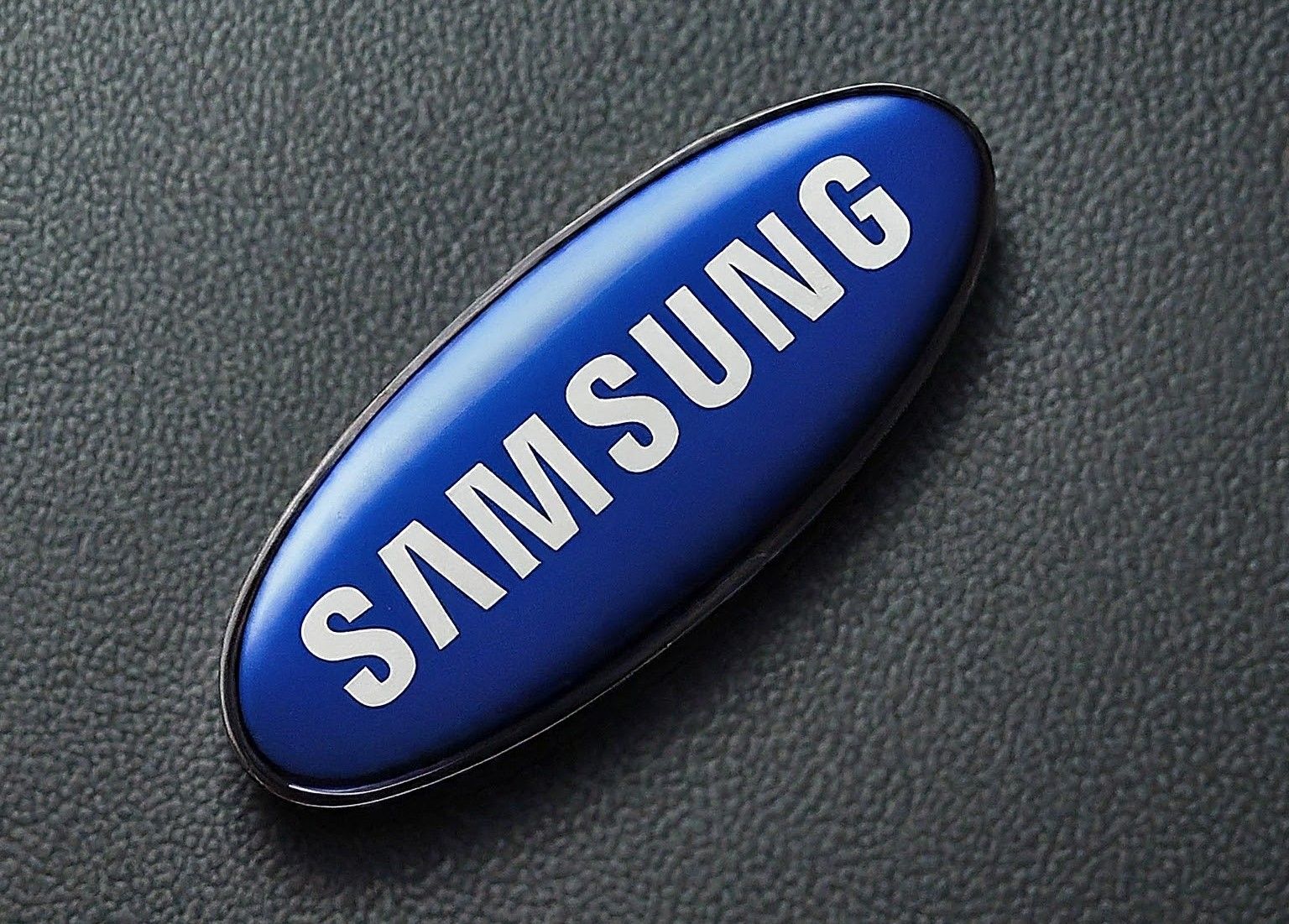Table of contents

Apple M3 in 2023
Understanding M3 Max: Several tech reviewers have praised the M3 Max-equipped MacBooks. It comes with a single-core score of roughly 3,070 and a multi-core score of over 21,405 points on Geekbench 6 (1).
These results place it squarely in competition with the M2 Ultra side the Mac Pro and Mac Studio with 2,800 and 21,000 scores. M3 vs M2, the M2 Ultra has 24 cores on a 5 nm processor, whilst the M3 Max has 16 cores on a 3 nm chip.
Geekbench does not test graphic performance, the M2 Ultra has a complete GPU, when compared. The M3 Max CPU is up to 50% faster than its predecessor, the M2 Max. While the multi-core Geekbench results are slightly under 50%, they nevertheless indicate a 40% performance boost.
Understanding M3 Pro: Apple M3 Pro does not deliver the same level of performance as M3 Max but it appears to be inferior to M2 Pro. It features a 12-core CPU with 7 performance and 6 efficiency cores and 150 GB memory bandwidth.
When you compare M3 Pro vs M2 Pro, the previous version features 8 performance and 4 efficiency cores with 200 GB memory bandwidth. This level of performance is attained with devices that consume only 50 watts of power at peak performance.
Apple vs Intel: Apple MacBooks provide up to 18 hours of continuous performance on a single charge while remaining cool to the touch. Intel’s 16-core Meteor Lake CPUs consume more energy while providing approximately 13,000 multicore performance.
Apple vs Qualcomm: Apple’s new CPUs also pose to Qualcomm, whose latest processor is just marginally better than Apple’s previous M2 chips. While more powerful CPUs are available they often come with bigger designs, higher energy consumption and higher pricing.
Apple vs Apple
Now let’s compare Apple’s processor lineup to help you comprehend the performance increase:
Apple M3: The M3 processor features 3,030 single-core processors and 11,695 multi-core processors.
Apple M3 vs M2: The M2 processor features 2,570 single-core processors and 9,600 multi-core processors.
Apple M2 vs M1: The M1 processor features 1,690 single-core processors and 7,304 multi-core processors.
Apple M3 Max: The M3 Max processor features 3,070 single-core processors and 21,000 multi-core processors.
Apple M3 Max vs M2 Max: The M2 Max processor features 2,736 single-core processors and 14,495 multi-core processors.
Apple M2 Max vs M1 Max: The M2 processor features 2,376 single-core processors and 12,185 multi-core processors.
Apple M3 Pro: TBA
These figures indicate Apple’s great developments since the inception of its M-series CPUs. The success of Apple in the CPU segment can be attributed to three major factors:
- Apple uses a common processor design across its entire product line, from iPhones to Macs. This strategy enables economies of scale by ensuring that R&D costs are covered by future product sales. Even Qualcomm and Intel do not have the same integrated advantages.
- Even in challenging areas, Apple’s market share relative to competitors is increasing. This expansion aids in the development of processors which is a luxury that not everyone can afford.
- Traditional PC processor developers face fierce competition and price pressure. New entries exacerbate these challenges, resulting in price wars. Apple’s integrated approach and strong financial position enable it to continue to innovate without the same pricing pressure.
The Future of Apple’s Processors: While we wait for M4 and M4 CPUs, it is clear that Apple’s focus on performance and energy efficiency will drive future innovation. According to TSMC’s roadmap, transistor density and efficiency will improve, with a 2-nanometer processor likely by 2025 (2). Apple aims to build better CPUs at competitive prices, demonstrating that its chips have a bright future.
Apple’s M3 CPUs have set a new computing benchmark, outperforming competitors and even previous Apple chips. The company’s complete approach, expanding market share and unwavering innovation secure its dominance in the processor sector.
We can only expect more outstanding technological advances as Apple continues to push the boundaries of what is possible.


















